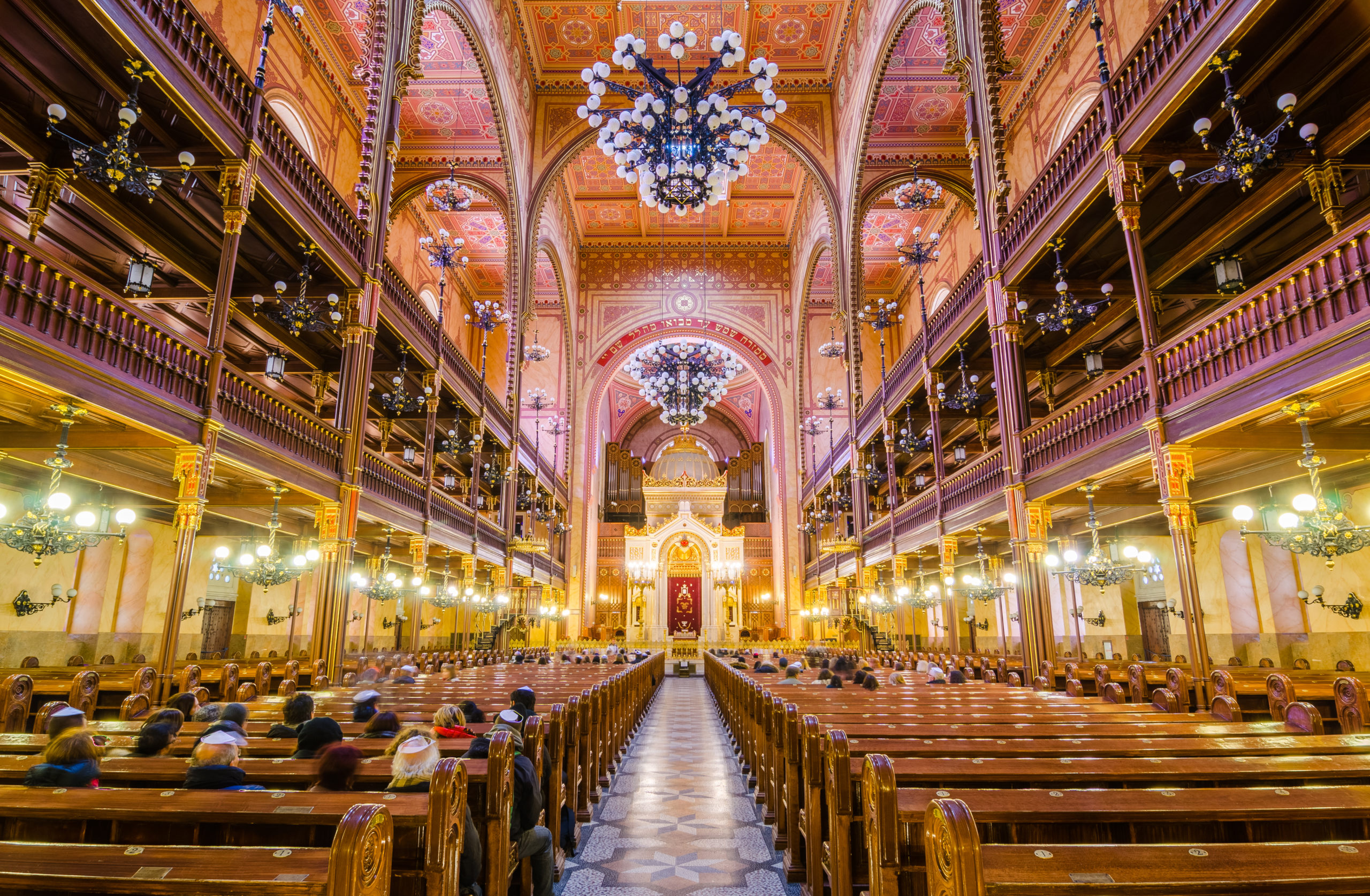Gedenkstatte und Museum Trutzhain
The memorial and museum Trutzhain opened its doors in 2003 as the fourth memorial of this kind about the Nazi period in Hesse. The new permanent exhibition is housed in the former guard barrack of the STALAG IX A Ziegenhain POW (Prisoner of War) camp, which was situated here between 1939 and 1945.
Apart from the museum itself, the old historical town centre – the former camp’s main street and the POW camp barracks – which is protected as a group of listed buildings since 1985, are part of the memorial’s concept, as well as two cemeteries.
The exhibition documents the time frame from the origin of the POW camp 1939 to the foundation of the municipality of Trutzhain in the year 1951. It exemplifies the Nazi expansion and racist policies through local history. Furthermore, it shows the treatment of POW from all over Europe against international law, their suffering, their dying and their abuse for forced labour, as well as the ramifications of war like flight and displacement.
As a memorial, a place of meeting and learning it is meant to mediate between past, present and future and to do its part for the political education and awareness of the protection of human rights and international law.
History
STALAG IX A Ziegenhain
After the invasion of Poland on 1st September 1939 the nation-wide construction of POW camps began. STALAG IX A Ziegenhain became the largest of these POW camps in the area of today’s State Hesse.
Until 1945 POWs of many different nations were interned at STALAG IX A: The Polish and the French first, among them the later French President François Mitterrand. The Dutch, the Belgian, the British, the Serbian, the Italian and the American followed them.
Since October 1941 many thousands of Soviet POWs arrived at STALAG IX A. They were put in a separate area of the camp where they lived under inhuman conditions. Most of the POWs had to do forced labour for the local agriculture and industry.
Cemeteries
Two different cemeteries were part of the STALAG IX A Ziegenhain. Today’s local cemetery was the former burial place for deceased Western Allied and Polish prisoners. However, the Soviet and Serbian POWs were buried anonymously at a remote cemetery located in the nearby forest – sometimes even in mass graves. Also the Italian military internees lay here until 1958.
CI-Camp 95 Ziegenhain
After the POW camp had been liberated on 30th March 1945 STALAG IX A Ziegenhain was used as Civil Internment Camp 95 (CIC 95) by the US-Army. Members of the Waffen-SS, NSDAP, SA, SS, soldiers of the Wehrmacht (German army of the Third Reich) were interned. The camp existed until 1946.
DP-Camp 95-443 Ziegenhain
Anti-Semitic attacks and pogroms in Poland, especially in the summer of 1946, led to crowds of Jewish Holocaust survivors fleeing to Western Europe. Until 1949 about 200.000 predominantly Polish Jews immigrated to the western zones of occupied Germany. In the beginning of August 1946 the US-Army set up the DP-Camp 95-443 Ziegenhain in the old barracks of the STALAG IX A Ziegenhain.
The camp became a waypoint for the so-called DPs (Displaced Persons) on their longed-for journey to Palestine, the USA and other countries.
The DP-Camp 95-443 Ziegenhain existed until November 1947. It held about 2000 persons on average.
German refugees displaced from former German territories
As a consequence of the Second World War it came to the most extensive population circulation of the 20th century. The four allied occupation zones in Germany took about 12 million German refugees displaced from former German territories.
The empty camp in Ziegenhain offered the possibility of accommodation for many refugees and displaced persons. In spring 1948 the first refugees, mostly from the East and the Sudetenland, arrived to encamp the old barracks of Ziegenhain. With a specific settling policy the “refugee settlement” developed into a flourishing trade and industry location. As a consequence of the economic and social development the independent community of Trutzhain was founded on 1st April 1951.



 NOA is co-funded by the Rights, Equality and Citizenship Programme (2014-2020) of the European Union
NOA is co-funded by the Rights, Equality and Citizenship Programme (2014-2020) of the European Union